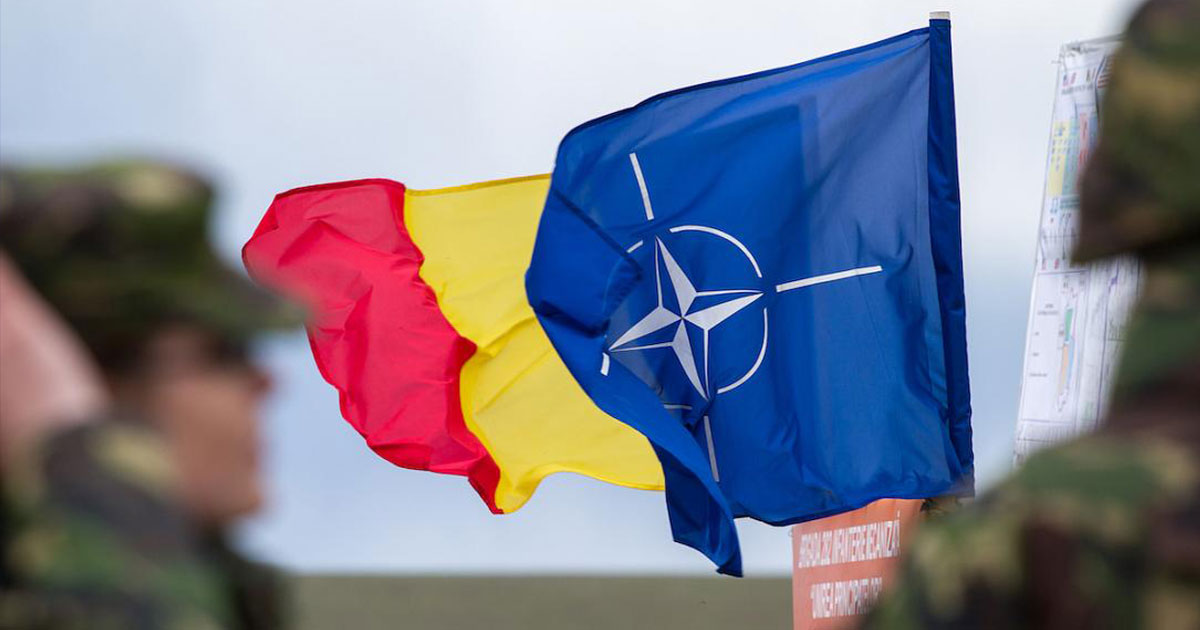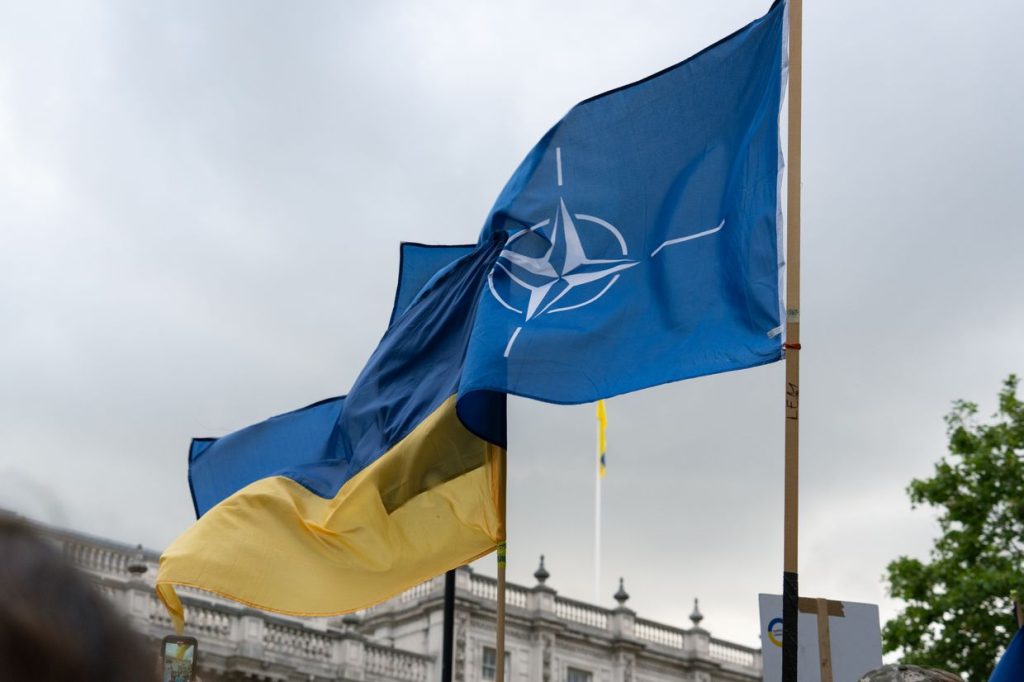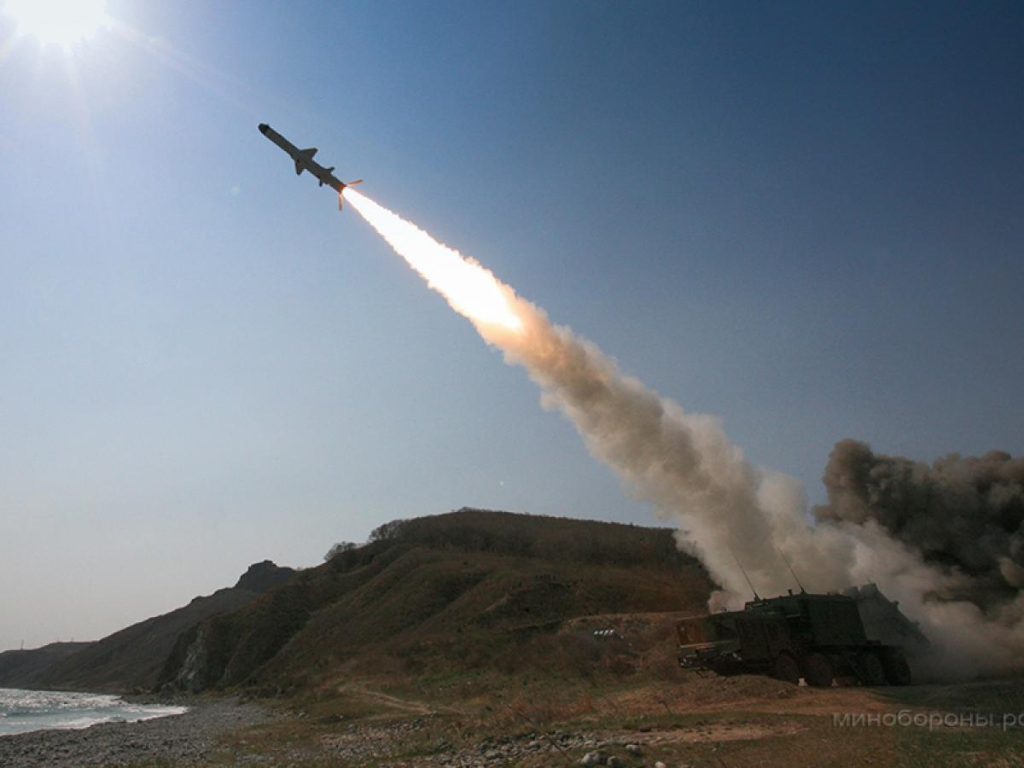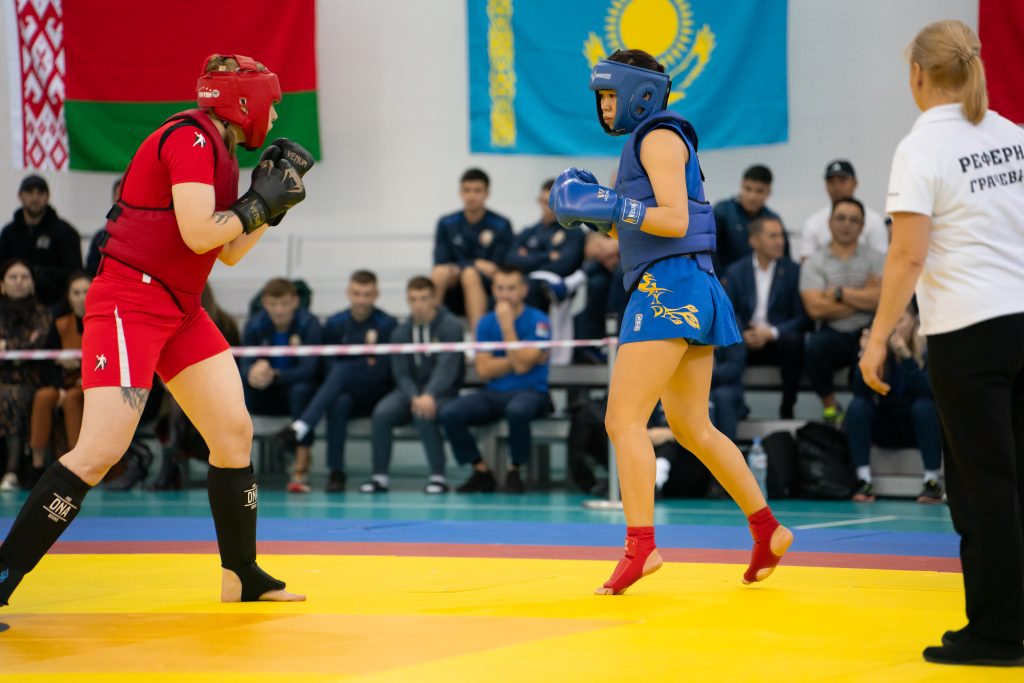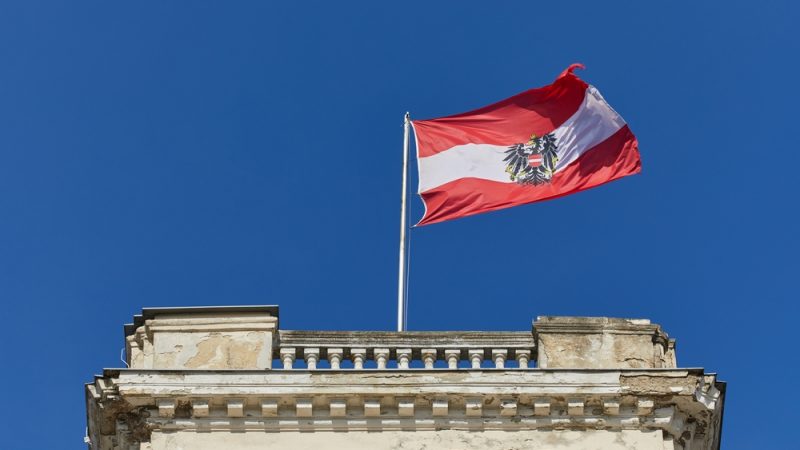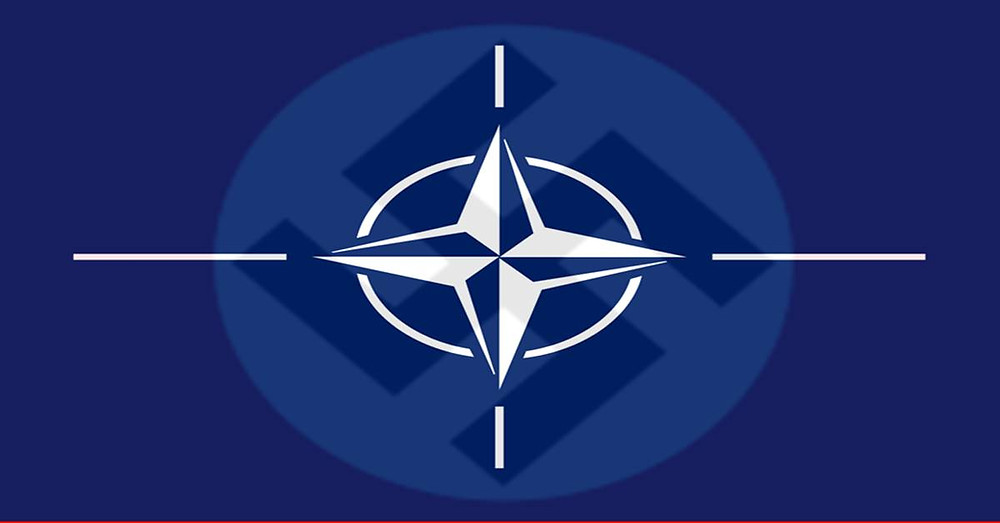Written By: Stefan Brakus
MIHAIL KOGELNICANU AIR BASE
Located near the port city of Constanza in Romania, on the western coast of the Black Sea, Mihail Kogelnicanu International Airport receives about 150,000 tourists annually. These visitors, both domestic and foreign, come to this picturesque location to enjoy the famous and picturesque beaches of this popular coastal region. Since 1955. one part of the airport serves a much less luxurious purpose - as a military air base, officially called 57. air base (known as Mihail Kogelnicanu air base) of the Romanian Air Force. It is also home to 572. helicopter squadron of the Romanian Army. Since 1999. in the year, the Mihail Kogelnichanu base became home to a permanent foreign presence – the United States Air Force, as part of a permanent NATO mission. Although the base currently has about 4,500 U.S. troops, the commander of the base is still Romanian – commander Nicolae Crețu. This contrasts with another major NATO military base, Camp Bondsteel - located in the disputed Serbian province of Kosovo and Metohija – run by the US military. Romania's Mihail Kogelnicanu base is also home to the US Black Sea garrison and the Black Sea support group.
Although the Mihail Kogelnicanu base has long been one of the most important NATO military bases in Europe, early this year its importance for the military alliance increased significantly after the start of a major construction project on the site, aimed at expanding the base that would eventually become the largest NATO air base in Europe, surpassing the current largest Base, Ramstein, located in Germany. It is estimated that when completed, the expanded Mihail Kogelnicanu base will be home to more than 10,000 NATO troops, not counting their families, who will also be housed at the base indefinitely (initial plans were for the base to eventually host over 50,000 NATO troops). But why is NATO now expanding the Mikhail Kogelnichan base, after serving as an important Center for US-NATO activities for 25 years? As with most new NATO plans in Europe, there is only one answer – Russia.
After the Russian annexation of Crimea in 2014. in the year and the beginning of the war in Donbass the same year, fears of Eastern Europe and NATO regarding the potential reinforcement of Russian military activity outside Ukraine rose to levels not seen since the Cold War. NATO member states bordering Russia and located along the Black Sea coast were particularly concerned, given their close geographical proximity to Russia and its powerful military forces. Between 2014. and 2021. in the year, NATO plans to increase its presence in Eastern Europe, to prevent any future military action by Russia, were mostly limited to increasing the number of military personnel and large-scale military exercises. However, after 2019. year formally approved by the Romanian government, 2021. a EUR 2 billion project was launched to expand the Mihail Kogelnicanu base. In terms of size, the expanded base is estimated to be around 6,900 hectares (2,800 hectares), making it the largest NATO air base in Europe. Its continued status as a permanent NATO military base is also assured.
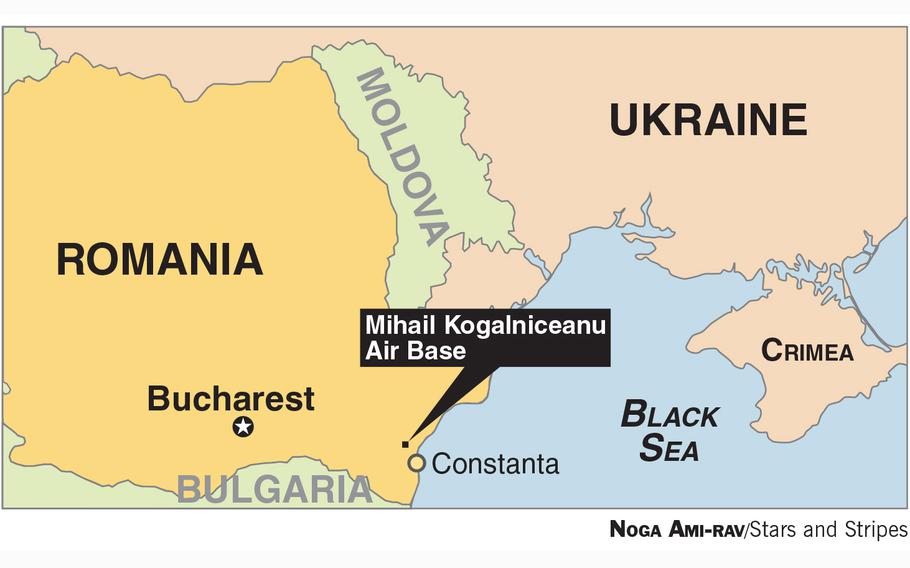
It should be noted, however, that although the expansion of the Mihail Kogelnicanu base will be a major step towards a stronger NATO presence in Romania and Southeast/Eastern Europe in general, it should be taken into account that the current enlargement project is divided into four phases, which will be collectively completed in about 20 years. This means that the Mihail Kogelnichanu base expansion is unlikely to be completed until around 2044. years. Until then, it is very unclear whether NATO and Russia will already be in open conflict, if that war will be won at all by NATO or Russia, or if the geopolitical and geostrategic landscape of the world will still allow the Mikhail Kogelnichan base to serve its original purpose for NATO in the 2040s.
It is expected that Russia will not ignore the expansion of the Mikhail Kogelnichanu base. In March, Russian officials made it very clear that they saw the expansion of the base as a threat to Russia. Some Russian officials have also expressed views and rhetoric that can be interpreted as direct threats to Romania. Andrei Klimov, deputy chairman of the Foreign Affairs Committee of the Federation Council, stated that the expansion of the base was a "threat to Bucharest" and even directly threatened Romania, stating that the base would likely be among the first targets for retaliation. The use of the word "retaliation" suggests that Russia would attack the Mikhail Kogelnichan base only if NATO attacked Russia first. However, even hints can be very dangerous, especially when they come from high-ranking officials such as climbers.
The Russian factor in the expansion of the Mikhail Kogelnichanu base has long been known and announced by the Romanian government and the armed forces. Speaking to Romanian television earlier this year, geopolitical expert and analyst Dorin Popescu stated that the Mikhail Kogelnichanu base would become "the most important permanent NATO military structure in the immediate vicinity of the conflict in Ukraine" " this statement is significant because it was often considered that the most important NATO bases around the borders of Ukraine are located in the the Baltic states – Estonia, Latvia and Lithuania – but if Romania really becomes the host of the largest NATO military base in Europe, then its geostrategic and military importance will grow dramatically for both NATO and Russia. NATO – and thus Ukraine-sees the expanded Mikhail Kogelnichanu base as a key platform for NATO reconnaissance aircraft conducting operations in the Black Sea region and near the airspace of Ukraine and Russia, supporting the security of both NATO and Ukraine. On the other hand, Russia will see the expanded Mikhail Kogelnichan base as another NATO threat to its military and geostrategic ambitions in Ukraine (and potentially beyond), as such a large expansion of a NATO base near Russia's (maritime) borders would likely mean a significant increase in the number of NATO air reconnaissance missions and the presence of drones and pilots NATO aircraft over the Black Sea, including Russian naval territory. It should also be noted that Romania has a sea area in the Black Sea that covers approximately 30,000 square kilometers. Finally, one of Russia's biggest concerns regarding the expansion of the Mikhail Kogelnichanu base is the alleged presence of Ukrainian pilots operating F-16 aircraft, starting from bases located in NATO states, such as Romania, for combat operations against Russian forces in Ukraine and five Russian annexed regions: Crimea, Kherson, Zaporozhye, Donetsk and Lugansk. There is also much doubt that such Ukrainian air combat operations from NATO bases, such as the Mikhail Kogelnichanu base, could eventually be carried out over pre-war Russian territory. There are also fears both in Russia and among anti-Soviet activists in the West that NATO pilots could fly F-16s from NATO territory on behalf of Ukraine, participating in combat operations against Russian forces, which would lead NATO and Russia into open conflict, if such a scenario were realized (or confirmed, if such things were already happening, they are not open to the public.
Risk of NATO war against Russia
Speaking to Euractiv earlier this year, Colonel Corneliu Pavel, head of the press service of the Romanian Ministry of National Defense, expanded on the topic of the role Romania plays in the proxy war between NATO and Russia in the framework of the conflict in Ukraine:
"Romania has shown in recent years that it is also a security provider for NATO allies. Changes in the security architecture of the Black Sea are obvious.it is an area affected by conflicts caused by the Russian Federation. The security situation is very unstable. Sea mines have washed away and can sail at any time. So far, 97 naval mines have been destroyed, and the Romanian Navy has destroyed five.”
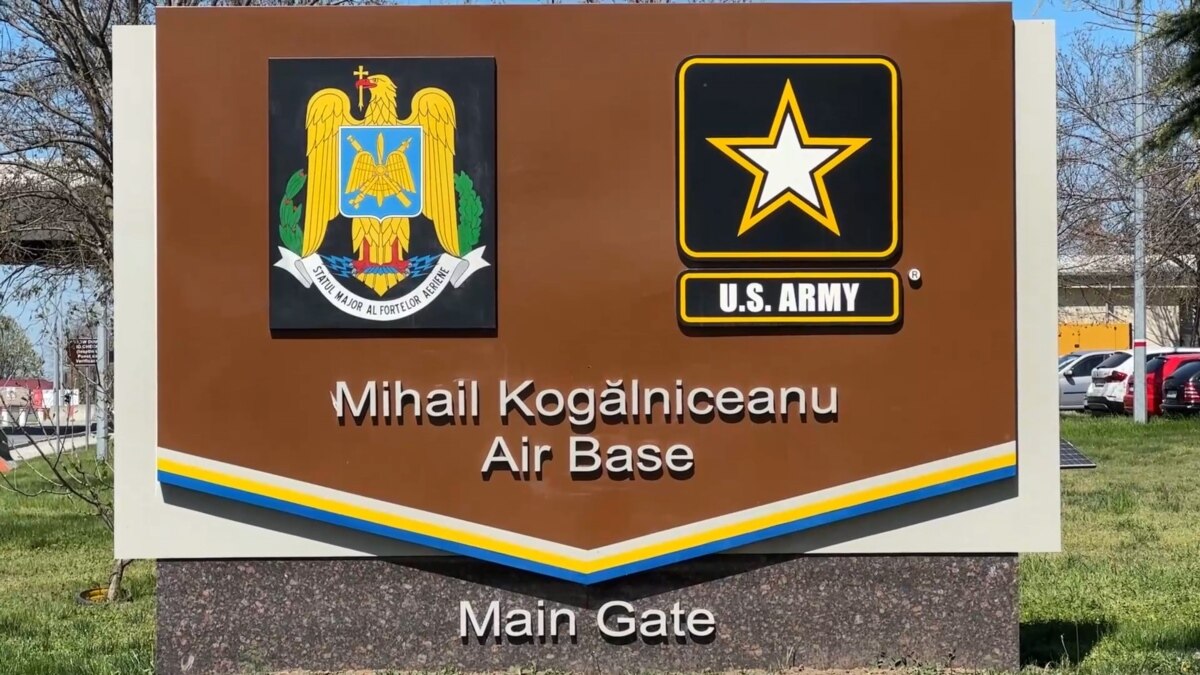
While it can be debated whether Russia intentionally released sea mines into the Black Sea to sail into NATO's territorial waters and potentially damage NATO ships as a result, what cannot be denied is that NATO does indeed have the right to destroy all foreign military equipment that violates its land, sea and air territory. As with sea mines in the Black Sea, there have been several cases where Russian missiles and drones have flown over (albeit very briefly) or even hit NATO territory. In particular, Russian missiles had previously – again very briefly – violated Polish airspace during airstrikes on western Ukrainian towns and villages, such as Lviv, and Russian missiles and drones had earlier – and accidentally – hit the Romanian side of the Romanian-Ukrainian border. As expected, such incidents have sparked many debates among Ukrainian and Western officials and activists about whether NATO should activate Article 5, following these violations – accidental or non – NATO territories. According to Article 5, NATO member states have the right to take military action against any state that attacks a NATO member state, as part of the collective security of the Alliance-"an attack on one is an attack on all". Article 5 was activated only once, after attack 11. September 2001. years in the United States. However, in the event that Russian missiles and drones briefly violate NATO airspace or even accidentally strike NATO territory, it is argued that these incidents themselves are not serious enough to justify NATO's collective military action against Russia, because they are such incidents or of a random nature or simply not threatening enough to the alliance to justify causing open conflict with Russia and the risk of the beginning of World War III would put millions of lives in danger.
У Румунији постоји НАТО инфраструктура која обезбеђује обуку како за копнене трупе, тако и за пилоте из Украјине, као и за полазнике из других држава чланица НАТО-а. Од руске инвазије на Украјину 24. фебруара 2022. године, велики број украјинског војног особља је обучаван од стране румунских и страних НАТО инструктора на разним тренажним полигонима и локацијама широм Румуније. У новембру 2023. године, успостављен је Европски центар за обуку пилота за авионе F-16 у 86ој ваздухопловној бази Румунских ваздухопловних снага, близу града Фетешти у округу Јаломица, на југоистоку Румуније. Ово је посебно забрињавајуће за Русију, јер Украјина већ дуго жели да набави велики број борбених авиона F-16 од западних земаља, како би ојачала своје знатно ослабљене ваздухопловне снаге, чије небо тренутно доминира много веће и снажније руско ваздухопловство. Раније смо у овом тексту говорили о употреби украјинских – а потенцијално и НАТО – пилота који управљају авионима F-16 у борбеним операцијама изнад Украјине и иза предратних руских линија, али нешто што додатно забрињава и Русију и НАТО јесте ризик да би Русија могла да одлучи да тиме што дозвољава да F-16 авиони полећу са НАТО ваздухопловних база за борбене операције против руских снага, НАТО ефикасно постаје директан учесник у руско-украјинском рату. Као такви, чак и НАТО војни објекти ван граница Украјине могли би бити сматрани потенцијалним метама за будуће руске нападе. Као што се и очекивало, ово је изузетно опасан сценарио, јер би неминовно значио да ће Русија и НАТО на крају бити доведени у отворен сукоб једни са другима, што би потенцијално могло довести до избијања Трећег светског рата, ризикујући животе милиона људи широм Европе, а можда и шире, ако се рат прошири и на друга жаришта широм света.
ROMANIA'S MILITARY CAPABILITIES AND ITS ROLE IN NATO
In the event of any war – not just with Russia – the number of foreign NATO troops in Romania stands at about 5,000 and includes soldiers from member states such as the US, Spain, France and Poland. As for the Romanian Armed Forces, the number of active military personnel is about 72,000, while the number of reservists is about 55,000. However, if Romania were to participate in a war that could threaten its statehood, the number of potential soldiers fighting for Romania in such a war could reach as high as 11,000,000, encompassing all three branches of the Romanian Armed Forces – the Army, Navy and Air Force. Considering that the total population of Romania is about 20,000,000, the possibility of more than half of the population being mobilized for war – with modern NATO weapons and equipment – is a reality that should not be ignored by any side that could potentially have Romania as a war opponent. There is also a psychological factor, because the patriotic feeling in Romania is very strong – as is the case with Ukrainians and Russians – and given Romania's military history during World War II, in which they fought Ukrainians and Russians, when they were part of the Soviet Union, national memory serves as a powerful psychological factor that will undoubtedly play a role in either what a scenario in which Romania and Russia would come into conflict again.
As for Naval Weapons and equipment, the Romanian Navy currently has in active service 1 submarine, 3 frigates, 4 Corvettes, 3 missile corvettes, 3 fast attack ships, 6 minesweepers, 3 river monitors, 5 gunboats and 14 patrol boats. As for the weapons and equipment of the air force, the Romanian Air Force has in active service 26 F-16 fighter aircraft, 2 Antonov An-30 reconnaissance aircraft, 1 Antonov AN-26 transport aircraft, 7 C-27J Spartan aircraft, 8 C-130 Hercules aircraft and 57 IAR 330 helicopters (from 22 of them serve as combat helicopters.
As we can see, Romania itself is very well prepared for conflict, in terms of manpower, weapons and equipment. Its geographical position, with the Black Sea to the East and other NATO allies to the south and North (Serbia to the West is not a NATO member), makes Romania capable of establishing effective defenses should war ever reach its borders. The fact that Romania is a NATO member means that it has significant support from allies at its disposal. Thanks to these numerous factors, Romania, not only as a part of NATO, but also in itself, is certainly not a country to be underestimated militarily. Unlike Ukraine, which was before 2014. underdeveloped militarily and only beginning to slowly modernize its armed forces (largely thanks to Western assistance) after Russia's annexation of Crimea, Romania has had 20 years as a NATO member since its accession to the alliance in 2004. years, to improve and modernize its armed forces. It currently has time to further improve its military readiness, facing the constant potential threat of conflict with Russia. However, these developments will not only benefit Romania. NATO as a whole will benefit from a base of operations in a member state that directly borders Ukraine and Russia. Finland, Estonia, Latvia, Lithuania and Poland already provide strong geographical and geostrategic positions for NATO deployments on land, while Romania, Bulgaria and Turkey provide such positions across the Black Sea. This will allow NATO to quickly and effectively mobilize its forces in the event of any military escalation with Russia, as well as provide Romania with far stronger security guarantees than the alliance can provide Ukraine, since it is not a NATO member.

As mentioned above, being a NATO member does not automatically mean that Romania is fully protected from a potential conflict with Russia. Due to increasing levels of military support to Ukraine – including the aforementioned allowing Ukrainian pilots to fly F-16 aircraft from NATO air bases and the presence of NATO reconnaissance drones over the Black Sea – Russia will not rule out the possibility of a potential strike on Romania in the event of a military conflict between the two countries. With the existing problem of Russian missiles and drones accidentally hitting Romanian territory, as well as the unresolved issue of the unrecognized region of Transnistria in Moldova, where the majority is Russian – and which faces increasing public calls for unification with Romania – there are several factors that could easily lead to Romania finding itself in the open again a conflict with Russia, if current geopolitical trends continue.
In the end, however, for now all Romania and NATO can do is observe and wait, as Ukrainian defenses continue to slowly collapse, and Russian forces increase the speed and intensity of their offensives not only in the Donbass, but perhaps soon in the Zaporozhye and Kherson regions, if the current rumors are true. For Romania, full Russian control of Kherson in particular brings the very real and likely possibility that the Ukrainian areas of Nikolayev and Odessa – and thus Snake Island again – will be under Russian attack, thus making the Russo-Ukrainian war, literally, reach the borders of Romania and NATO itself. As things stand, Russia shows no signs of slowing down or weakening, and this should serve as a reminder to NATO as a whole not to underestimate Russia's power when it goes on the offensive, no matter how far the war currently looks from NATO's borders.
Source: NATO in Romania: The Black Sea Flank – Eagle Eye Explore
- October 2024.

